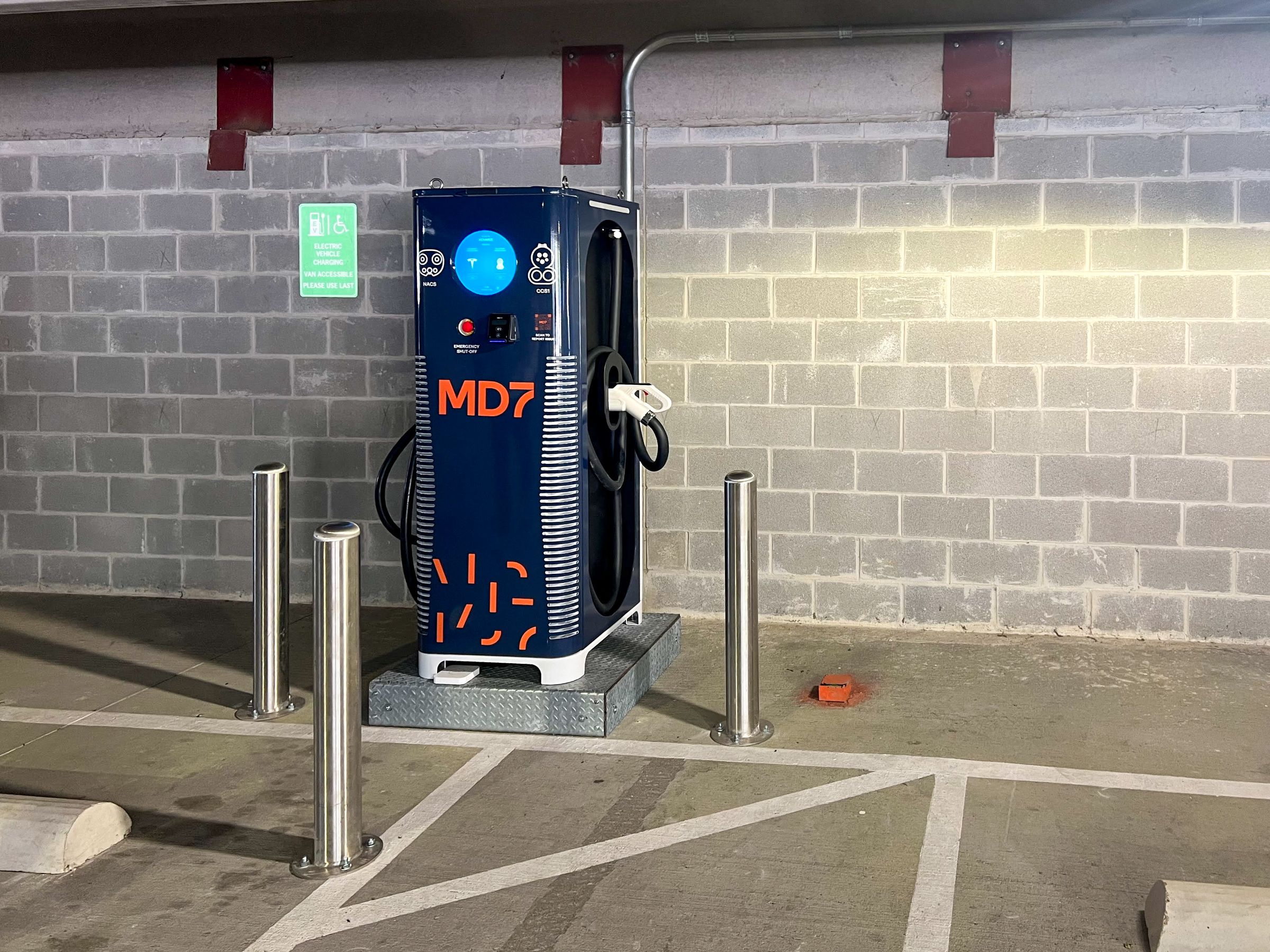The Wireless Industry in 2020: A Year in Review
2020 has seen the rise of remote everything. From business meetings to conference calls, weddings, and education, virtual has become the new normal. With more people relying on their mobile devices than ever before, the wireless industry has been placed firmly in the spotlight. Although we’re already well into 2021 and anxious to start a new and hopefully very different year, let’s take a look back at the wireless industry in 2020.
The Long and Short
You don’t need to look at the statistics to know that the wireless industry was able to scale its coverage this year. The reason why so many people had the option to work from home is that the wireless infrastructure was already available to support them. Part of this was coincidental — operators were already preparing for 5G well before the first reports of COVID-19. But even before 5G was on the horizon, the industry had been heavily investing in its networks to handle the increased transmission rates and heavy data traffic of today. These devices have become essential to ensure that people can stay connected without disruptions.
Since 2010, mobile operators have spent more than $286 billion to improve their networks — and that’s just in the US. 2019 investment spending reached a four-year high at $29.1 billion, or $89 per capita. It’s this investment that has allowed companies to keep up with the traffic spikes and shifts seen over the course of the pandemic.
The Investment Story
The industry is unlikely to see a drop or even a stagnation in capital expenditure anytime soon. Between the growing demand and the improvements in wireless devices, operators can’t risk being left behind. The high demand is for equipment and configurations that can handle the surge both now and in the future. While no one knows what’s around the corner, it seems clear that fortune will favor those who prioritize efficiency in their mobile innovations. MD7 helps clients manage their investments, figuring out how to maximize ROI based on both current needs and projected demand.
As wireless customers continue to demand better coverage and faster connection speeds, operators need a strong foundation in place. This is especially true as we look forward to even better coverage. Right now, 60% of Americans are covered by 5G. By the end of 2020, there will be three 5G nationwide networks available.
The Response to COVID-19
It didn’t take long before mobile voice and data usage skyrocketed due to COVID-19. In fact, the explosion was described as nearly instantaneous. Voice traffic increased by more than 24% and mobile data increased by nearly 20%. These changes took place nearly overnight, a surge that would cause fewer wireless networks to collapse.
The pandemic was an extreme stress test that no wireless operator could have predicted, and yet America’s networks were able to handle the weight. If operators hadn’t made the investment before the coronavirus, there’s no telling what it would have done to our economy. Other countries, such as Spain and France, saw serious declines in network speed. In the age of connectivity, slow networks are more than just an inconvenience, but a serious threat to all.
The Equipment
Part of why the US fared so well is that the country was anticipating the benefits of 5G. Federal and state officials had made it easier for operators to set up equipment, both in terms of permits and zoning laws. Much of the investment was made in cell sites and antennas that could handle the advanced network’s coverage.
There are now more than 395,500 active sites in the US, with many able to support multiple base stations. More sites were built in 2019 than in the previous 3 years combined. It’s estimated that supporting 5G will require over 800,000 small cells in the US.
Increased Demand for Mobile
In 2019, subscribers used a total of 37.06 trillion MBs, which is a 30% spike year over year. As Americans grow even more dependent on laptops, tablets, and smartphones, the expectation for wireless coverage grows with it. In fact, the average household now has more devices in it than people (1.3 devices per person).
The growth this past year has made the wireless industry larger than the transportation, restaurants, and insurance industries. In 2019, data usage was 6.6 GB a month. In 2020, it was 9.2 GB per month. Voice minutes soared by 30% to hit 3.1 trillion and text traffic increased by 52 billion from last year to hit 2.1 trillion. If operators stand a chance of keeping up with 2021 traffic, they’re going to need infrastructure that can handle the pressure.
The Internet of Things
Data-only devices, such as connected cars and smartwatches, grew by more than 25% in 2020. The Internet of Things (IoT) promises unprecedented convenience and cost-savings to both business owners and everyday people alike.
2020 has proved that the IoT is beginning to expand, both in terms of availability and adoption. It explains why wireless connections saw an increase of more than 20 million this year. Data-only devices like smartwatches and connected vehicles grew more than 25%. At 442.5 million, the US wireless industry is seeing the highest totals of wireless connections of all times.
The Challenge
The wireless industry has seen unprecedented demand from consumers in 2020. Thankfully, operators have been making serious improvements to their networks, and policymakers have been busy making it easier for operators to install the necessary equipment.
However, the pressures of meeting consumer expectations in the future remains a serious challenge. Decision-makers have to find ways to balance the costs to consumers all while making strategic investments into their infrastructure. It’s all too easy for revenue to fall flat while investment costs reach astronomical heights.
What’s Next
If 2020 has shown the wireless industry anything, it’s that both the consumption and the vital importance of mobile will continue to increase at substantial levels. Even if the pandemic hadn’t hit, the demand for reliable coverage and faster speeds would still have grown compared to that of 2019.
The operators that can effectively manage their infrastructure and make strategic investment decisions to grow them, will be the ones who thrive in this fast-changing, mobile-first economy.



